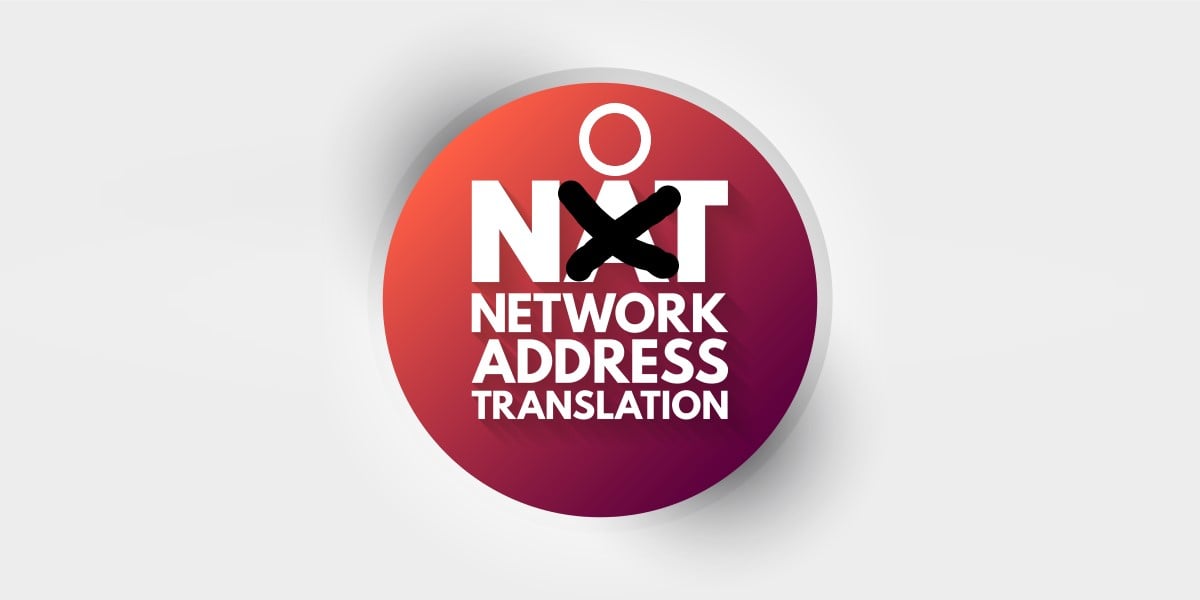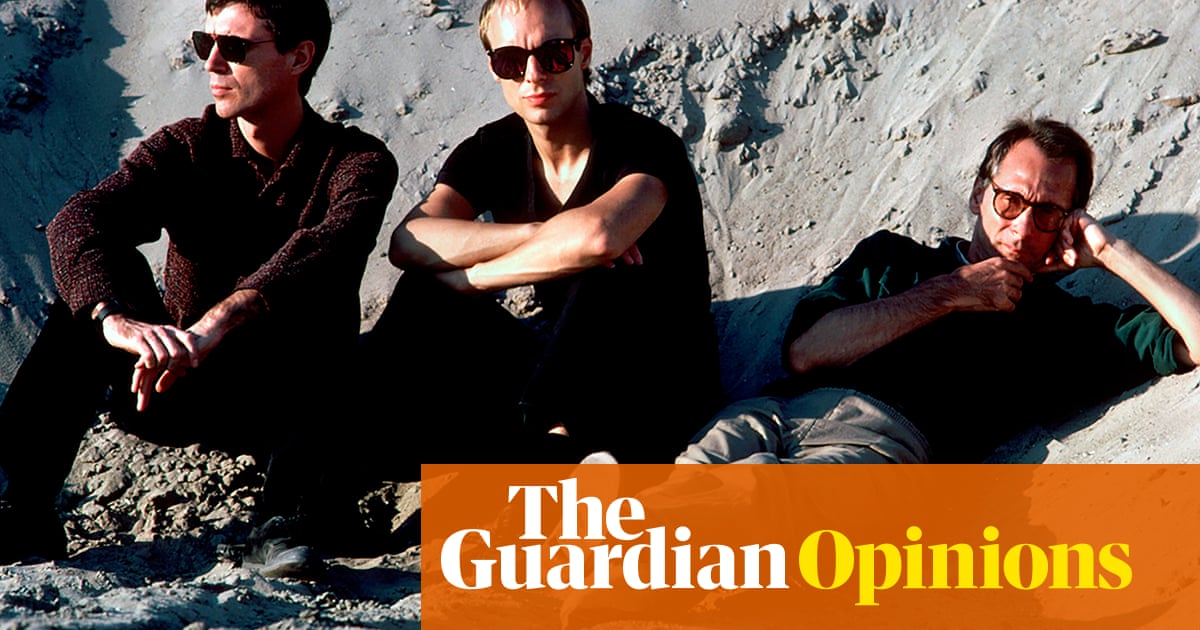
Jon Hassell: radical musician who studied with Stockhausen and worked with Eno
The influential experimental US composer ‘celebrated and dignified’ his ‘fourth world’ sources and contributed to albums by Brian Eno and Talking Heads
B y the time Jon Hassell became a revered figure – the kind of determinedly non-commercial, avant-garde artist whose ideas are so strong and so forward-thinking they end up influencing the mainstream regardless – he was already middle-aged, but had crammed a lifetime’s worth of musical experience into his 40 years.
He had begun his career as a trumpet player in the swing era – tellingly, his own tastes leaned towards Stan Kenton, among the most progressive and experimental of the big band leaders – before becoming immersed in the cutting edge of modern classical music and moving to Cologne to study under Karlheinz Stockhausen: his fellow pupils included Irmin Schmidt and Holger Czukay, both later of Can. In an early example of his lifelong desire to meld differing musical forms, he began attempting to apply Stockhausen’s tape experiments to recordings of jazz vocal quartet the Hi-Los.
On returning to America, he collaborated with synthesiser pioneer Robert Moog, minimalist composer Terry Riley and La Monte Young, becoming a member of the latter’s Theatre of Eternal Music, best-known in rock circles for acting as a kind of drone music boot camp that helped shape the Velvet Underground’s John Cale and Sterling Morrison. Hassell then moved to India to study raga under the classical singer Pandit Pran Nath. Again, Hassell became immersed in attempting to draw together two different musical traditions, applying the ornamentation of his teacher’s vocals to his trumpet playing, connecting Indian music with jazz, American film soundtracks, Yma Sumac and Ravel.
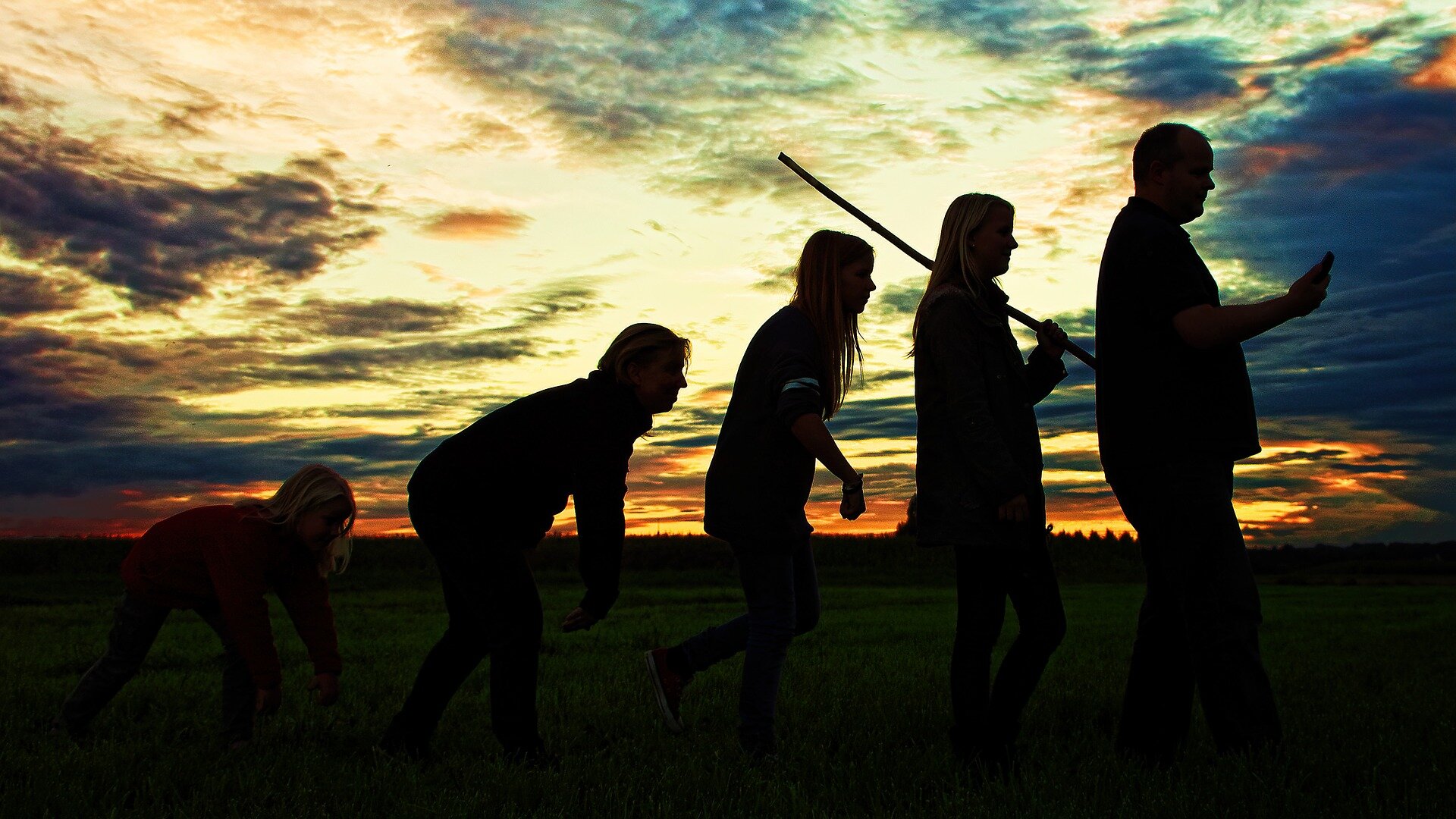

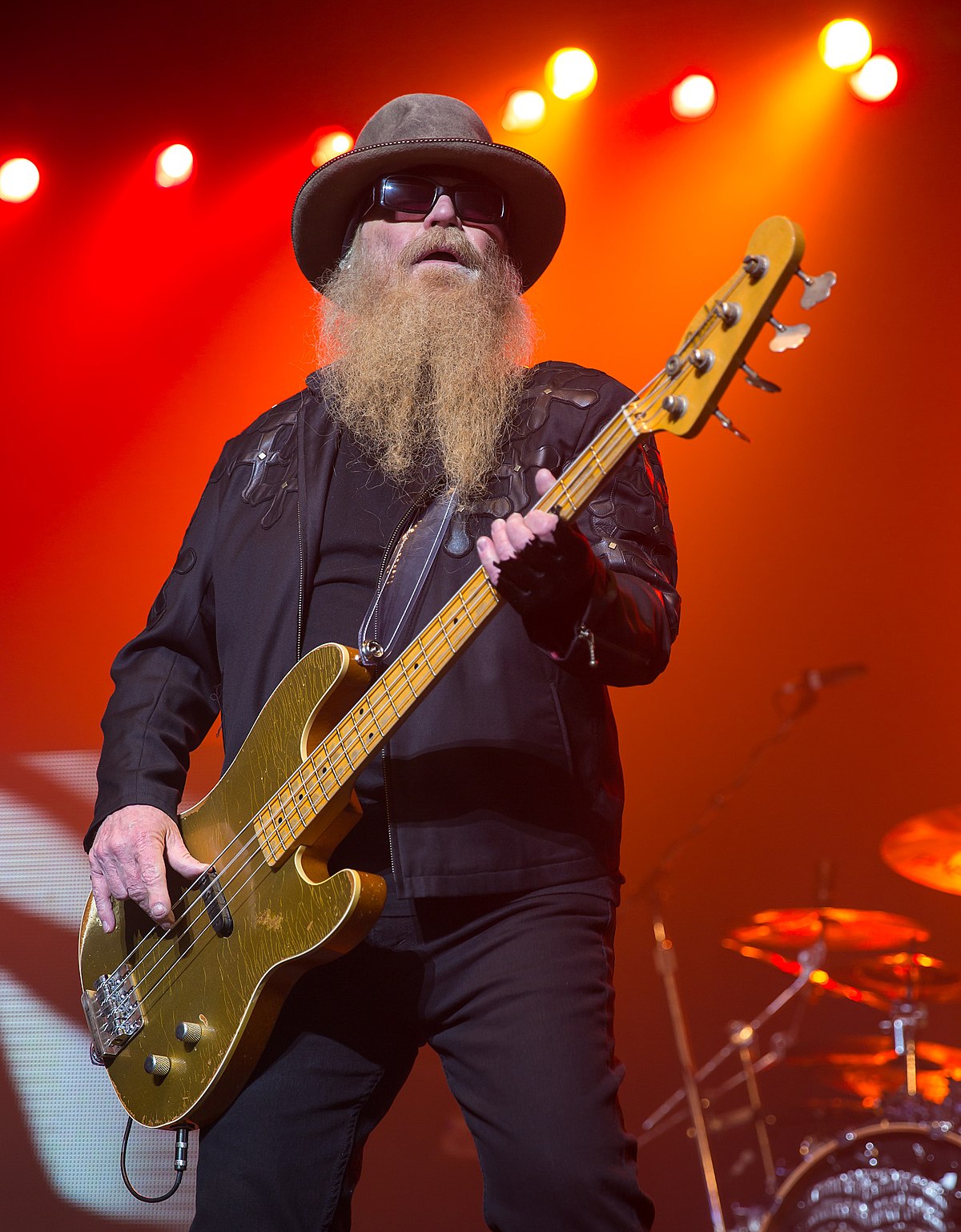



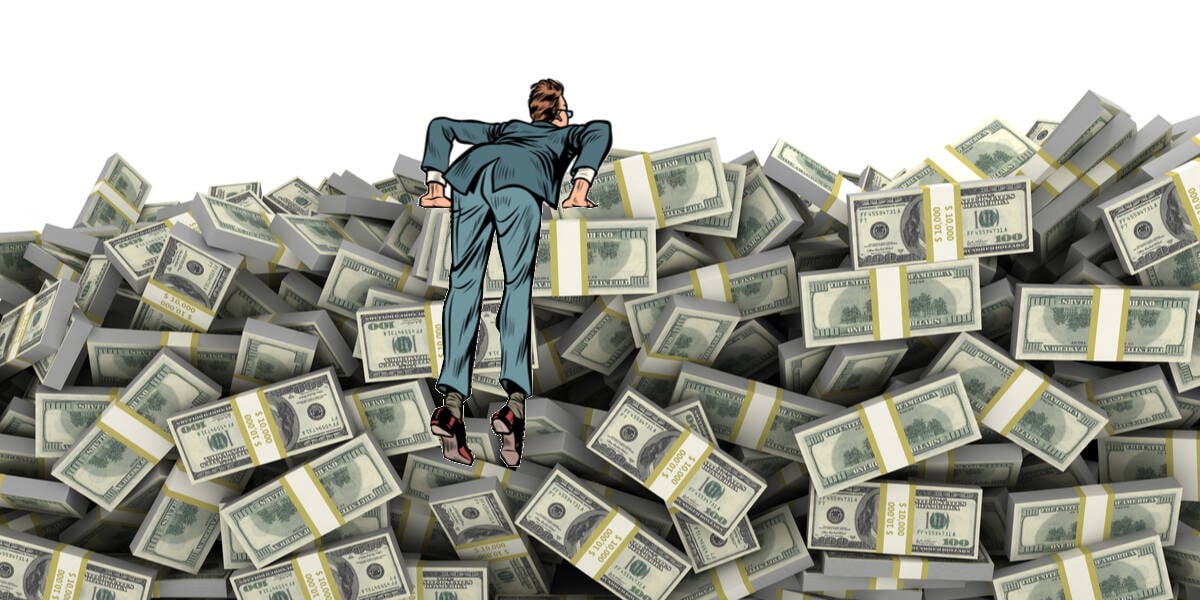
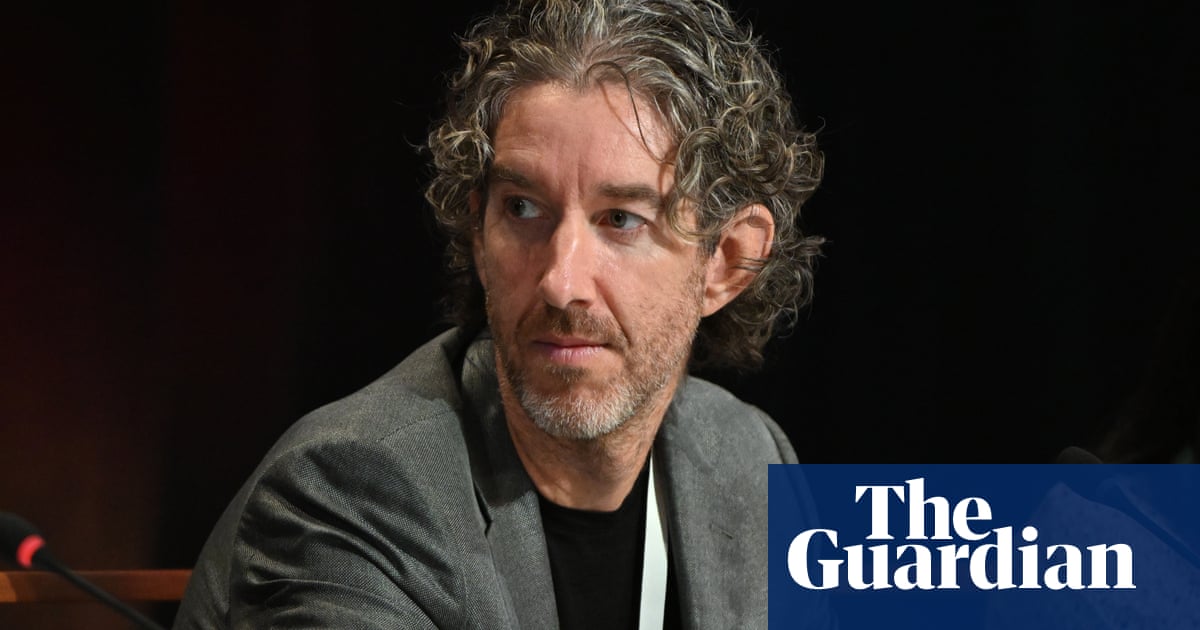


/cdn.vox-cdn.com/uploads/chorus_asset/file/23935561/acastro_STK103__04.jpg)
/cdn.vox-cdn.com/uploads/chorus_asset/file/24371483/236494_Mac_mini__2023__AKrales_0066.jpg)


